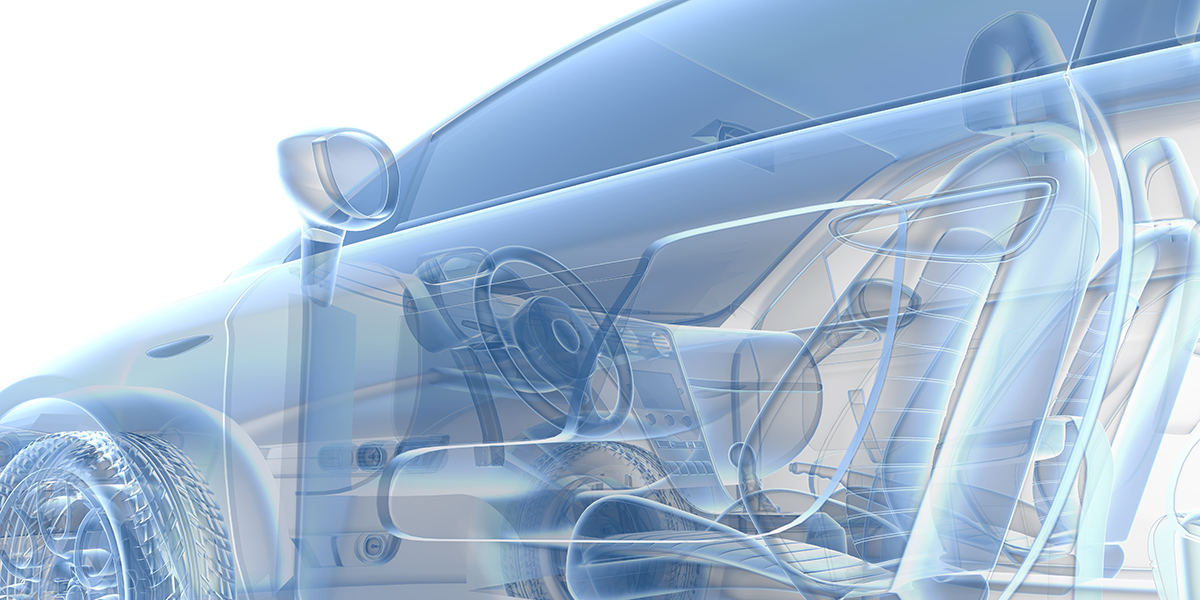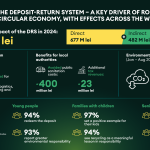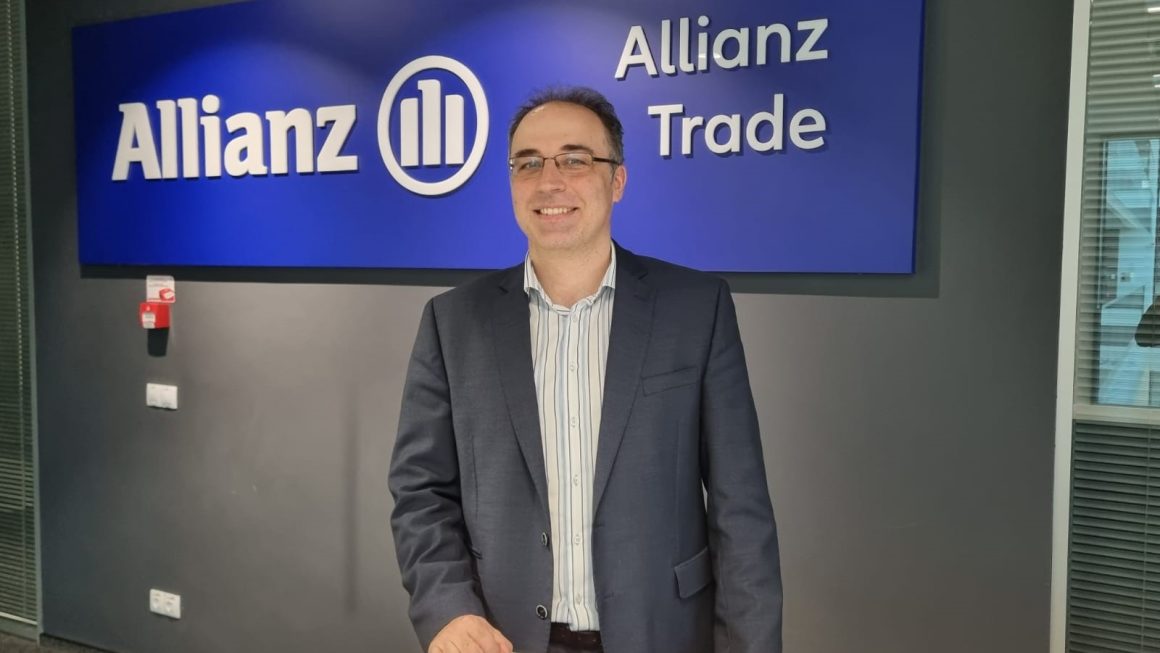
The DNA test
Foto: cla1978 / depositphotos.com
It is said that the role of the media is to present facts, and to do so as impartially as possible to allow the receiver of the information to form an opinion uninfluenced by the journalist. Then, I hear totally coincidentally, that someone who bought a car referred to it as a luxury model because that’s how it was sold to them. What follows is a kind of conclusion of the two statements above.
In an automotive landscape where 20-year-old hierarchies are dissolving, let’s take a slightly different ”census”. A kind of X-ray of the cars on the market today. And to avoid getting too abruptly into the subject and risking offending a logo, or giving the impression that we have a beef with someone, let’s look back a bit.
Fiat 124 Spider, an old-timer that I admit, I wouldn’t mind having in my garage. The Lada 1200, or Zhiguli VAZ-2101, something that was produced from 1970 to 2012 and was based on the same platform on which the 1966 Fiat 124 Spider was built.
Looking at the brands in alphabetical order, the first ”victim” is Abarth. As the new Abarth 124 is already history, we won’t dwell on the fact that the car had the same platform as Mazda MX-5. So we take a look at the range developed by the Italian manufacturer based on the Fiat 500, a model that debuted in 2007 and is based on the Italian manufacturer’s Mini platform. A platform that was developed in the late 1990s and made its series production debut with the launch of the Fiat Panda in 2003. Yes, Lancia Ypsilon, the new Fiat Panda that debuted in 2011 and the Ford Ka are also built on the same platform. However, we’re talking about a platform that won’t survive long in the Stellantis backyard.
And since we brought up the new auto group, let’s introduce three other examples into the equation. The first example of efficiency is the PSA/Stellantis EMP1, a modular platform now called STLA Small. So far we have 13 cars built on this platform, as follows:
Chinese manufacturer Aeolus: Yixuan, Yixuan EV and Yixuan GS(SUV)
Citroen: C4 and e-C4, and the new generation C3
DS Automobile: DS3 Crossback and DS3 Crossback E-Tense
Opel/Vauxhall: Corsa and Corsa-e, Mokka and Mokka-e
Peugeot: 208, e-208, 2008, e-2008
But a possible pole position contender is the PSA/Stellantis EMP2 or STLA Medium, a platform dedicated to C and D-segment models, which in this case accommodates 26 models.
Citroen: C4 Picasso, C5 Aircross, C5 X, C6 (China market model), Berlingo, Jumpy/ Spacetourer
Dongfeng Fengshen: Aeolus A9
DS Automobiles: DS 7 Crossback, DS 9, DS 4
Fiat Professional: Scudo, Ulysse
Opel/Vauxhall: Grandland, Astra, Combo, Vivaro, Zafira
Peugeot: 308, 408, 508, 3008, 4008, 5008, Partner, Rifter, Expert, Traveller
Toyota: ProAce City, ProAce, ProAce Verso
However, under the Stellantis umbrella we have the example of the Jeep Wrangler, which has a dedicated platform and is not shared with any other model.
And since we’re going alphabetically we get to Audi, let’s see what we find about VAG group. The German group has turned common platform policy into an art. At the moment we can speak of two platforms in the group: the MQB is the platform used by models with a transversely mounted engine and the MLB is used by models with a longitudinally mounted engine. Yes, there is also the MSB platform in the group, but it is one developed by Porsche for the Panamera, on which the Bentley Flying Spur and Continental GT models are also built.
VAG with these two foundations has gone beyond the classic platform concept, it is a concept consisting of components that can be put together like Lego bricks to form the desired platform for a particular model. Hence the advantage of producing relatively different models on the same production line, leading to cost savings.
MQB is a concept that debuted in 2012, and in 2016 the second version was introduced – MQB Ax – which allows the derivation of three platforms:
MQB A0: Audi A1, Seat Arona, Seat Ibiza, Skoda Kamiq, Skoda Scala, Skoda Fabia, Volkswagen Nivus/Taigo, Volkswagen Polo, VW T-Cross/Tacqua, VW Virtus
There is also a “low cost” version of the MQB A0 that accommodates the Skoda Kushaq, Skoda Slavia, VW Taigun and VW Virtus.
MQB A1: Jetta VS5 (SUV produced in China), Seat Ateca, Skoda Karoq, VW Bora, VW Vento, VW Lavida, VW T-Roc, VW Taos
MQB A2: Audi Q3, Jetta VS7, Seat Tarraco, Skoda Kodiaq, VW Tayron, VW Tiguan, VW Viloran
MQB EVO: Audi A3, Seat Leon, Skoda Octavia, VW Caddy, VW Golf, VW Talagon, Cupra Formentor, VW Lamando, Ford Turneo Connect, Ford Transit Connect
Moving on to the MLB, here we discover models that use the same platform, but display a price difference that can exceed 150,000 euros.
MLB (for basic versions): Audi A4, Audi A5, Audi Q5, Audi A6, Audi A7, Audi A8, Porsche Taycan, VW Phideon
MLB EVO: Audi 4, Audi A5, Audi A6, Audi A7, Audi A8, Audi Q5, Audi Q8, VW Touareg, Porsche Cayenne, Lamborghini Urus and Bentley Bentayga.
The VAG Group’s approach is a successful one, competing with Toyota for first place worldwide.
In the top 10 manufacturers worldwide, manufacturers such as BMW, Honda, Toyota, Ford or Daimler do not use platforms which are the basis for models built under several brands. A small exception is the BMW Group, which uses the UKL modular platform to build all models of the MINI brand and part of the BMW range – the 1 Series, 2 Series, X1 and X2, but in this case we are talking about premium models, which cannot be said to have an impact on the image of the products.
Obviously, we must include the Renault-Nissan-Mitsubishi Alliance. Within the alliance, there are currently four platforms hosting pretty much the entire range of models, obviously not image-carrying models like the Nissan GT-R, Nissan Patrol or Alpine A110 that are built on dedicated platforms.
The platform policy within the alliance is somewhat similar to that of the VAG group, the generic name for modular platforms being Common Module Family.
CMF-A – a platform dedicated to A-segment models, mainly used for models sold in Asia: Renault Kwid, Datsun Redi-GO. The CMF-A+ version accommodates low cost volume models for the same markets: Renault Triber, Renault Kriger, Nissan Magnite. The Alliance has also developed a version of the platform dedicated to electric vehicles – CMFA-EV on which the already popular Dacia Spring is built, as well as Renault City K-ZE, Dongfeng Aeolus EX1, Dongfeng Fengxing T1, Dongfeng Fengguang E1, Venucia e30
The CMF-B HS is the dedicated platform for highly equipped B-segment models: Renault Clio, Renault Captur, Renault Arkana, Mitsubishi Colt, Samsung XM3, Nissan Juke, Nissan Note. A simplified version of the CMF-B LS platform is used to accommodate Dacia Logan, Sandero and Jogger models as well as Renault Talian. By simplified version we shouldn’t understand that someone cut pieces of metal from the platform with an angle grinder. It is a platform that accepts only equipment declared to be mandatory equipment in a model – the active safety systems. Otherwise we are talking about a platform that will allow the electrification of the Dacia range in the near future. It is the platform that can be considered the engine of the alliance, together with the one dedicated to the compact segment.
CMF-C/D is the foundation of a wide range of models: Renault Megane, Renault Scenic, Renault Talisman, Renault Espace, Renault Kadjar, Renault Koleos, Renault Austral, Renault Kangoo and Kangoo EV, Nissan Qashqai, Nissan X-Trail, Nissan Pulsar, Nissan Sentra, Nissan Townstar, Mitsubishi Outlander, Mercedes-Benz Citan, Mercedes-Benz T Class.
CMF-EV is the platform dedicated to electric models. It debuted with the launch of the new Renault Megane E-Tech EV and the Nissan Ariya, but will soon host other models as well.
Toyota uses the TNGA – Toyota New Global Architecture – concept for its platforms. A concept that in reality hides five modular platforms.
The TNGA-B is a platform dedicated to models with a self-supporting body, transversely mounted engines and front or all-wheel drive. It hosts: Toyota Aqua, Toyota Aygo-X, Toyota Yaris, Toyota Yaris Cross, Mazda 2 Hybrid.
The TNGA-C is designed for the group’s compact models: Toyota Corolla, Toyota Corolla Cross, Toyota CH-R, Toyota Noah, Toyota Prius, Suzuki Swace and Lexus UX
TNGA-K is also a popular unit in the group: Toyota Avalon, Toyota Camry, Toyota Venza, Toyota Highlander, Toyota RAV4, Toyota Sienna, Daihatsu Altis, Suzuki Across, Lexus ES, Lexus NX
TNGA-L: Toyota Crown, Toyota Mirai, Lexus LC, Lexus LS
TNGA-F: Toyota Land Cruiser, Lexus LX, Toyota Sequoia, Toyota Tundra
E-TNGA: Toyota bZ4x, Subaru Solterra, Lexus RZ
The last group picked up for DNA scanning is Hyundai-Kia. In their case, things are relatively simple and not so complicated in terms of the image “sold” because their models play in the same league, often competing with each other. They use a K1 platform for the mini segment – Hyundai i10 and Hyundai Casper.
The K2 platform was introduced in 2016 and covers the B-segment and some of the models at the lower end of the C-segment: Hyundai i20, Accent, i30, Kona, Venue, Bayon, ix25, Alcazar and Kia Rio, Ceed, ProCeed, XCeed, Sonet, Seltos.
The N3 platform was introduced in 2019 to cover D-segment models: Hyundai Santa Cruz, Santa Fe, Sonata, Staria, Tucson, Kia Carnival, K5, K8, Sorento, Sportage.
Why such a long list of models? Because when you decide to invest in a certain car model, it’s worth knowing its ingredients. Many of the models sharing the same platform differ only in design and interior, with identical engines. In other cases, builders invest a little more to make a difference.
Constantin Ciobanu
Share
Share















